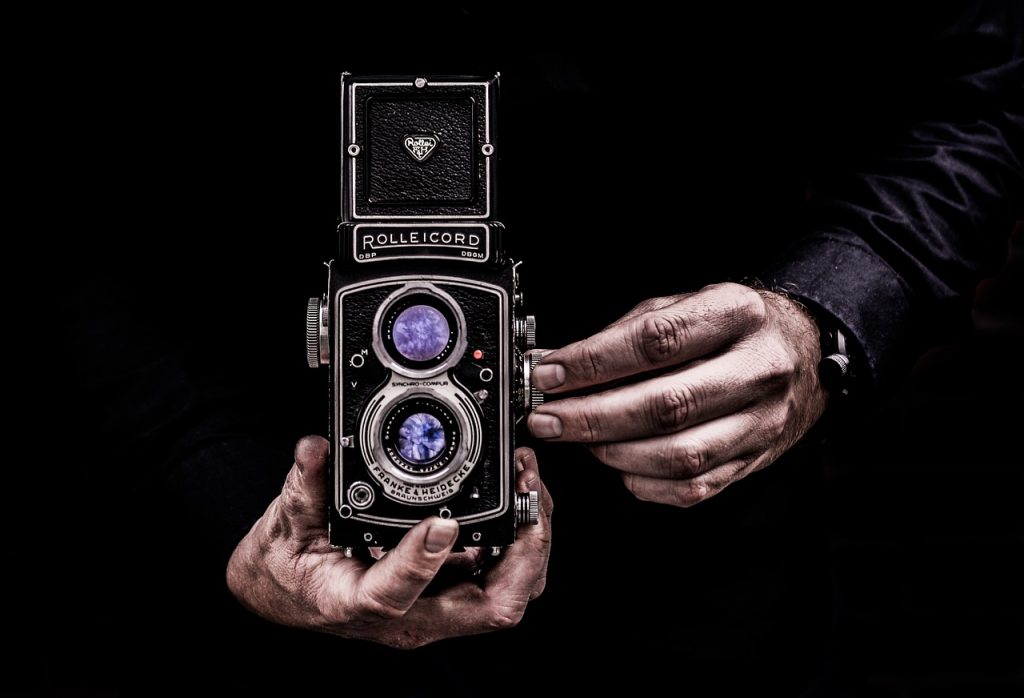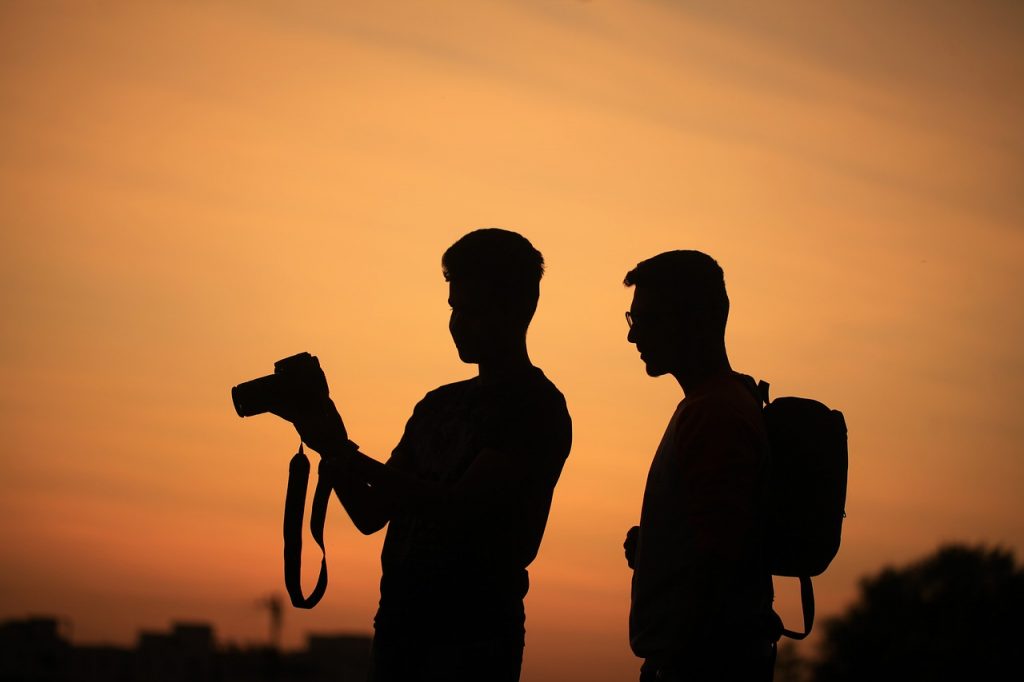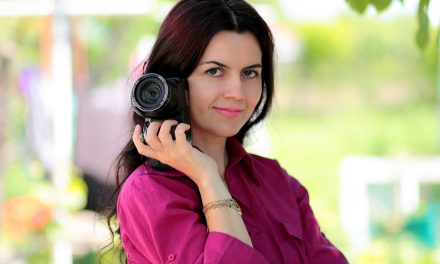Photography isn’t a catch-all skill, as you may have gathered if you have tried your hands at different genres. While the basics may remain the same, there are often nuances and techniques that only apply to certain kinds of photography – and they aren’t all linked to simply taking the picture. For example, a portrait photographer needs to know how to connect and talk to a subject, and should also learn about model releases and potential copyright issues.
So, when you already specialise in one genre, it can be easy to fall into the thinking that you can’t try anything else. The fact of the matter is that you can pick up a second, third, or even fourth genre and still manage to master it pretty well. In fact, you might even become a much better photographer than those who are focused solely on that one genre.
But how do you go about doing that when you already have preconceived ideas and skills from another genre? Here’s how to dive in and get started from scratch.

Image by SplitShire from Pixabay
Forget what you think you know
The first step is to put what you think you know behind you. If you’re already a portrait photographer, for example, you will need to rethink how you shoot if you want to capture landscapes or cover sports events.
Don’t allow the rules of your own genre to weigh you down. You might think that a certain lens won’t work for you or that you have to set your camera up in a specific way. Get rid of all of those thoughts about how you should do things, and prepare to change the way that you approach them entirely.
Gain some basic knowledge
While you can spend time figuring things out for yourself, and there’s no substitute for experience, you can give yourself a head start by looking at some of the information that is already out there. Go ahead and read some blog posts or watch YouTube videos about the basics of your new genre.
Find out what the experts are saying are the top things they wished they knew when they started out – because you’re going to want to know them too.
Focus on things like the standard ideal camera settings; what kind of lenses usually work; whether it is recommended for you to use other pieces of equipment, such as lights or a tripod; and what advice is given on how to find your subjects.
You’ll want to get a good idea of how to begin before you even pick up your camera. Once you do, it’s time to dive in and get some practice.
Let’s go with an example from here on in: imagine that you want to learn about product photography as a new string for your bow. What you’ll need to know is that product photography is usually done under highly controlled studio conditions, with tripods, infinity tables, reflective boards and anti-reflective boards, fishing wire, grips and clips, studio lights, and so on. You also might want to use a macro lens or a standard short focal length lens to get high-quality detailed shots.
Now, let’s move on to the next step in your journey.
Get hands-on practice
It’s important that you actually try the style of photography you want to learn as soon as possible. Get stuck in and see what you can do even in your own home. Remember that the street you live on can be a landscape, dolls can be portrait subjects, and you have many objects that you can use to practice your product photography.
For our specific example, you can try setting up an impromptu product studio at home. You should set up a white board, table, or even a piece of paper in an area that gets a lot of light, if you don’t have studio equipment on hand. Set up something innocuous – a shoe, a watch, a knife – and try to shoot it using the tips you have learned.
Hopefully this will bring up some questions. You’ll want to know how to achieve a certain effect, or why a particular technique isn’t working for you. Google is your friend in this case! Start looking around for guides and answers that can give you those solutions, so that you can improve as you go.
Learn the greats
Now you should hit the books – or at least the internet. Start researching the people who are considered to be the greats in your niche: who are the old masters that everyone reveres? Who is absolutely killing it right now? What types of images are very popular in this niche on Instagram, Pinterest, Tumblr?
If you can find information about the particular techniques and set-ups that these greats use, that will be very helpful in understanding how to make shots work. If not, then gather a selection of images that are your personal favourites.
Your next task is to recreate them. Let’s say you find a shot of a watch taken for an advertising campaign that is just breath-taking. Photograph your own watch, replicating the shot as much as you can in terms of angle, lighting, background, and so on.
Now, here’s the important step: look at the differences between your shot and theirs. Why is yours not as good? It will absolutely be inferior to the master shot, and that’s not only to be expected now but also for a long time to come as you attempt to approach that level of skill. Understanding what goes into that highly skilled shot will get you there quicker, however.
Many of us don’t take the time to analyse what really makes a great shot. Sometimes it might be the framing and the composition. It might be the lighting and the understanding of camera settings. It might be the post-production which polishes off the shot and brings it up to a new level. Most of the time, however, it’s a combination of all of these things.
Highlighting and correcting the mistakes that you are making that hold your photographs back will take you to a new level entirely.
Bring in your own knowledge

Image by Rudy and Peter Skitterians from Pixabay
The last part of this process, when you feel that you have a really strong grasp of this new style, is to reinvent it in your own way. You have a lot of skills and knowledge that come from a different genre, and that puts you in a unique position to try something different to everyone else.
If you can shoot a landscape the way that you shoot a person, you’ll have something unique. If you can shoot a product as if you were at a sporting event, you might create something that no one has ever seen before. Mix your genres and skills to put a new light on your subject that will be only possible from your perspective.
This is a great way to carve out a presence for yourself in a new niche. You might be just a good photographer in your usual style, having learned the conventions and stuck to them. But if you can do something in a way that no one else is doing it, you might just end up being regarded as one of the masters of your new genre.
Learning to master a new genre of photography takes a lot of time and effort. But you can get your skills up to what would be considered a passable level in almost no time at all. It simply requires you to put in the effort to learn, study, practice, and then self-critique your work. If you can do this on a repeating cycle, you will improve every time you pick up the camera – and that is a much quicker path to greatness than any other.





